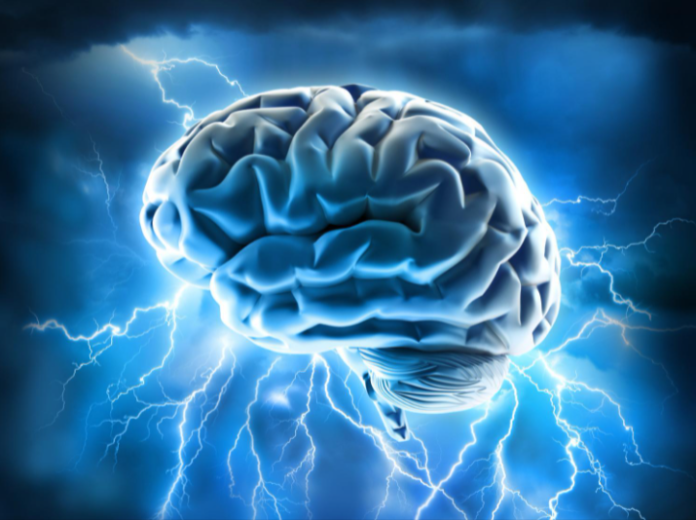Seizures are caused by chemical changes in your body that change how your nerve cells communicate with one another. This causes a burst of electrical activity in your brain that can last for a few seconds or several minutes. While there are numerous types of seizures, they frequently follow the same pattern.
There are some types of seizures. A focal seizure begins in one area of your head and can spread to other areas; generalized seizures occur all over at once and are more likely than not related to either an epilepsy side effect or exposure to certain types of electricity.
Seizures are caused by chemical changes in your body that alter how nerve cells communicate with one another. This causes electrical activity inside a person’s brain, which can last for several seconds or even minutes! While there is currently no cure for epilepsy seizures, understanding these stages may help you feel more prepared when they occur.
Men with epilepsy are known to be more prone to erectile dysfunction. However, Ed can be treated with some medications prescribed by the doctor such as Cenforce 100 | Vidalista 60 | Fildena Super Active
Understanding these stages may help you feel better prepared if you or someone you love has epilepsy or has seizures for another reason. There are four phases of seizure are:
- Prodromal
- Early ictal (aura)
- Ictal
- Postictal
Prodromal Phase Before the Seizure
The prodromal phase is a subjective feeling or sensation that can occur hours or even days before the seizure. The prodromal period is defined as the time between the onset of early symptoms and the onset of more obvious, diagnosable symptoms such as –
- Confusion
- Anxiety
- Irritability
- Headache
- Tremor
- Anger
- Mood disturbances
This stage is experienced by approximately 20% of people with epilepsy, and it may serve as a warning sign of seizure.
Early Ictal and Ictal Phases During The Seizure
An aura is the first sign of seizure activity for many people with epilepsy. Although it has traditionally been regarded as a warning sign of an impending seizure, an aura is the first sign of seizure activity and the start of the ictal phase.
The ictal phase encompasses the time between the start (and, if present, the end) of the seizure.
- Bitter, acidic taste
- Deja Vu
- Dizziness
- Double vision
- Hallucinations
- Head, arm, or leg pain
- Nausea
- Numbness
- Ringing or buzzing sounds
- Sadness, fear, or anger
- Tingling
The Ictal Phase
This is the stage of the seizure that the majority of people are familiar with and recognize as a seizure. This stage manifests differently for each individual with epilepsy. A person may have a number of symptoms, including but not limited to:
- Arm or leg stiffening
- Chewing or lip-smacking
- Confusion
- Difficulty breathing
- Distractedness
- Drooling
- Eye or head twitching
- Hearing loss
- Inability to move or speak
- Loss of bladder control
- Memory loss
- Numbness
- Pale skin
- Pupil dilation
- Racing heart
- Sense of detachment
- Strange sounds
- Sweating
- Tremors
- Twitching
- Vision loss, blurring, flashing vision
- Walking/running
After The Seizure: Post-Ictal Phase
The post-ictal phase is the period of recovery after a seizure. Some people recover quickly, while others may need minutes, hours, or days to feel like they’re back to normal. The length of the post-ictal stage is directly related to the type, severity, and region of the brain affected by the seizure. Typical signs and symptoms include:
- Arm or leg weakness
- Body soreness
- Confusion
- Difficulty finding names or words
- Drowsiness
- Feelings of fear
- Embarrassment, or sadness
- General malaise
- Headaches and migraines
- Hypertension
- Memory loss
- Nausea
- Thirst
When Should You Consult a Doctor?
Seizures usually end on their own and aren’t cause for concern. However, there are several reasons to seek medical attention right away:
- When it continues for more than 5 or 10 minutes.
- A second seizure occurs immediately.
- During your seizure, you injured yourself.
- You’re expecting a child.
- You are diabetic.
- Heat exhaustion could have caused your seizure.
- You’ve never experienced a seizure before.
- After the seizure, the person does not “come to” or is not breathing.
- The individual has thrown up and may have inhaled some vomit.
- The seizure is not like any other seizure experienced before.
Conclusion
Seizures are frightening, but you can always control or stop it with help of some doctor-prescribed medication. Just do not delay when you notice the signs and symptoms of the first phase. Other treatment options are also available such as surgery, devices that stimulate nerves or detect seizures and then stop them, and even dietary changes. Your doctor can help you find a treatment that works for you.
Staying healthy is important. Take precautions, eat healthy, take correct medicines, inform the doctor about your seizure experiences, perform some exercises, do not take much stress, take the help of others when you feel down. follow all these and manage your seizure easily.
































